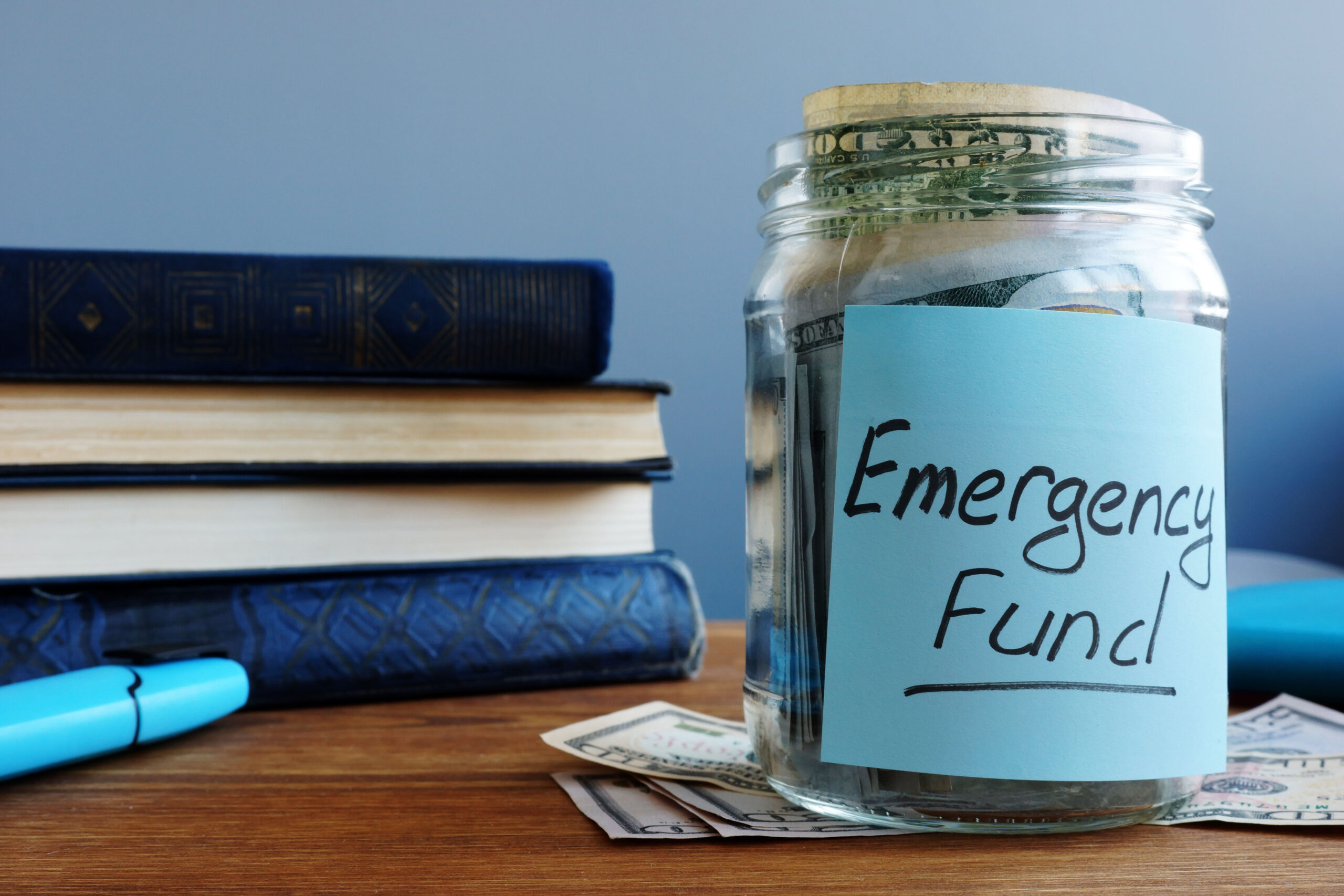Life has a way of throwing surprises at us—car repairs, medical bills, unexpected layoffs. An emergency fund is one of the most important tools for protecting yourself financially. If you don’t have one yet, don’t worry. You can start small, build over time, and create a safety net that gives you peace of mind and flexibility when you need it most.
Why Emergency Funds Matter
An emergency fund is money you’ve set aside specifically for unexpected expenses. It’s not for vacations, shopping, or big planned purchases—it’s there to help you stay afloat during emergencies like job loss, illness, or surprise bills. Without this cushion, people often turn to high-interest credit cards or payday loans, which can lead to debt cycles that are hard to escape.
Having a cash buffer lets you focus on solving the problem, not just scrambling to pay for it. Whether it’s a flat tire that keeps you from getting to work or a week without pay due to illness, an emergency fund helps you maintain control when life doesn’t go as planned.
How Much Should You Aim to Save?
Experts often recommend saving three to six months’ worth of living expenses. But that’s a long-term goal—not a starting point. If you’re just getting started, focus on a smaller goal like $500 or $1,000. This amount is enough to cover many common emergencies, like a medical co-pay, a broken phone, or a car repair.
To figure out your ideal emergency fund size, add up your essential monthly expenses—rent, food, transportation, insurance, and utilities. Multiply that by the number of months you’d like to cover. If that number feels overwhelming, break it into smaller milestones and take it one step at a time.
Open a Separate Savings Account
One of the best ways to build and protect your emergency fund is to keep it in a separate savings account. This keeps the money out of your checking account where it’s easy to spend and helps you mentally separate it from your day-to-day budget.
Look for a savings account with no monthly fees and, if possible, a competitive interest rate. Online banks like Ally Bank or Capital One 360 offer user-friendly savings accounts with tools to automate deposits and track progress. Keeping your emergency fund in its own dedicated space helps it grow—and makes it less tempting to use for non-emergencies.
Automate Your Savings
Saving money gets easier when you take willpower out of the equation. Automating your deposits into your emergency fund means you won’t have to think about it every month—it just happens.
You can schedule automatic transfers from your checking account to your savings account, even if it’s just $10 or $20 per week. Over time, those small amounts really add up. If your employer offers direct deposit, you can also have a portion of your paycheck sent straight to your savings account.
Apps like Chime and Qapital offer automation features that help you save without noticing. Some apps round up your purchases to the nearest dollar and deposit the spare change into savings. While these tools won’t build your emergency fund overnight, they’re great for creating momentum.
Cut Back on Nonessentials
Finding extra money in your budget might feel impossible, but even a few small changes can make a big difference. Start by looking at nonessentials. Cancel unused subscriptions, eat out less often, or switch to a cheaper phone plan. You don’t have to cut everything—just focus on reducing or pausing expenses that don’t add a lot of value to your life right now.
Once you make a few cuts, redirect that money straight into your emergency fund. For example, if you stop a $10 monthly subscription, set up an automatic $10 transfer to savings. This way, your budget doesn’t feel any different, but your savings grow each month.
Use Windfalls Wisely
Every once in a while, you might come into a bit of extra cash. Tax refunds, bonuses, stimulus payments, or even birthday money can all give your savings a serious boost if you plan ahead.
Before spending any windfall, consider putting a portion—say, 30% to 50%—into your emergency fund. If you’re behind on bills or have pressing needs, take care of those first. But if you have a little breathing room, this is a golden opportunity to build your safety net without squeezing your regular budget.
Find Ways to Boost Your Income
If your budget is already stretched thin, bringing in extra income may be your best option for funding your emergency account. That might mean taking on a few gig jobs through apps like DoorDash, Instacart, or TaskRabbit, or freelancing skills you already have like tutoring, writing, or graphic design.
Even something as simple as selling unused household items on Facebook Marketplace or hosting a garage sale can bring in quick cash. Set a rule for yourself that any “extra” money from these sources goes directly into your emergency fund.
Keep Track of Your Progress
Watching your emergency fund grow can be incredibly motivating. Use a notebook, spreadsheet, or app to track your deposits and set clear goals. Visual reminders—like a savings thermometer or printable tracker—can help you stay committed even when saving feels slow.
Set milestone rewards to celebrate your progress. When you hit your first $100, $250, or $500, acknowledge it. You’re doing something important, and it’s worth recognizing.
Know When to Use Your Emergency Fund
The hardest part of having an emergency fund might be knowing when to use it. It’s not for things like vacations, holiday shopping, or everyday expenses. Good reasons to dip into your emergency fund include job loss, medical emergencies, urgent home repairs, or unexpected travel due to a family crisis.
If you’re unsure whether something counts as an emergency, ask yourself: Is this unexpected? Is it urgent? Will not paying for it cause bigger problems? If the answer is yes, it’s probably a good time to use your fund.
Rebuild After You Use It
Once you use your emergency fund, your next priority should be rebuilding it. It may feel frustrating to see your balance drop, but remember—that money did exactly what it was supposed to do. It kept you safe and prevented further financial stress.
Restart your automatic transfers or adjust your budget temporarily to help replenish the fund. You’ve already done the hard work of building it once. You can do it again.
Final Thoughts
Starting an emergency fund from scratch can feel slow at first, especially when money is tight. But every dollar you save brings you one step closer to security and peace of mind. The key is consistency. Whether you’re setting aside spare change or depositing part of your paycheck, building an emergency fund is one of the smartest financial moves you can make—no matter your income level.




